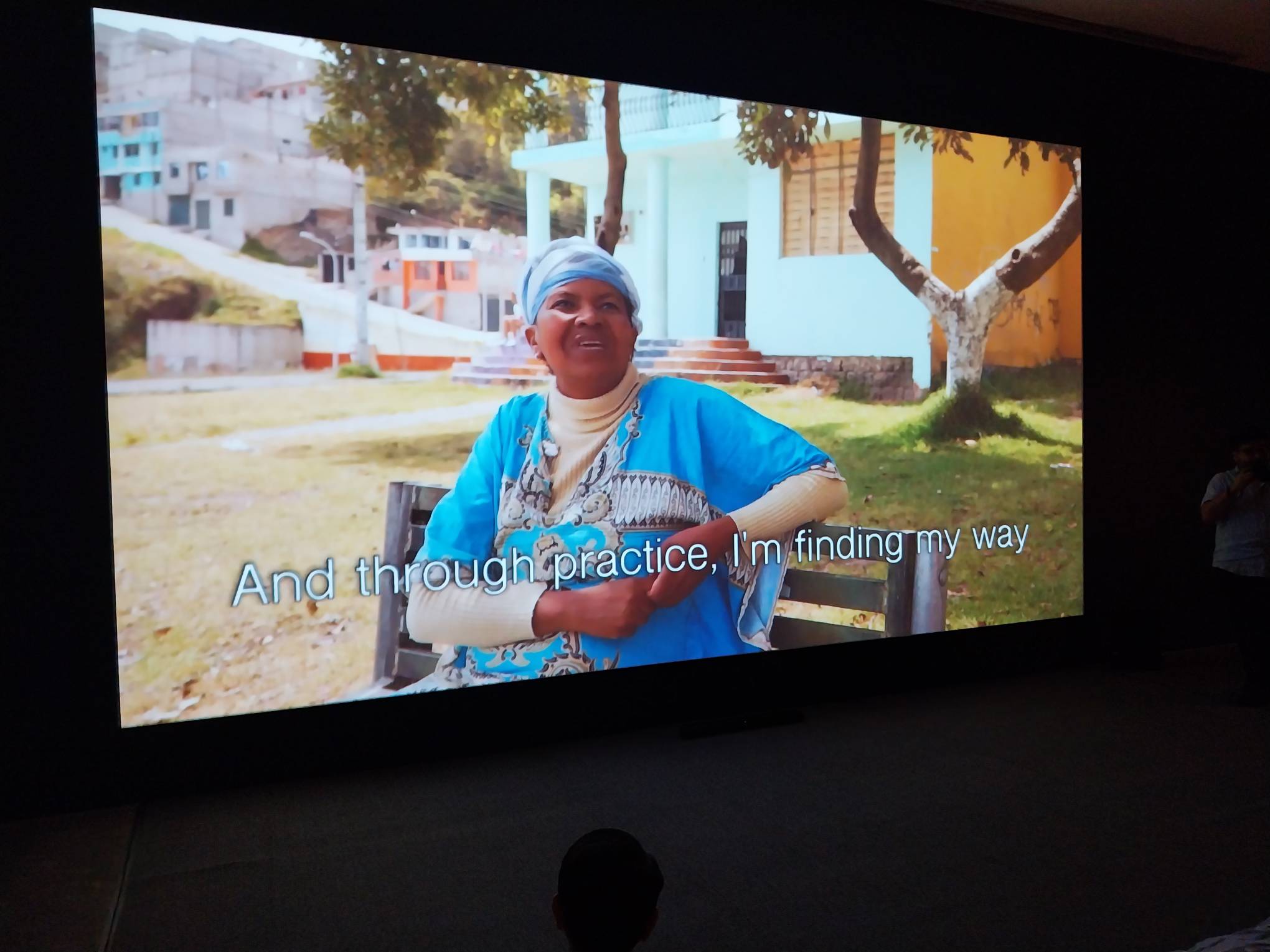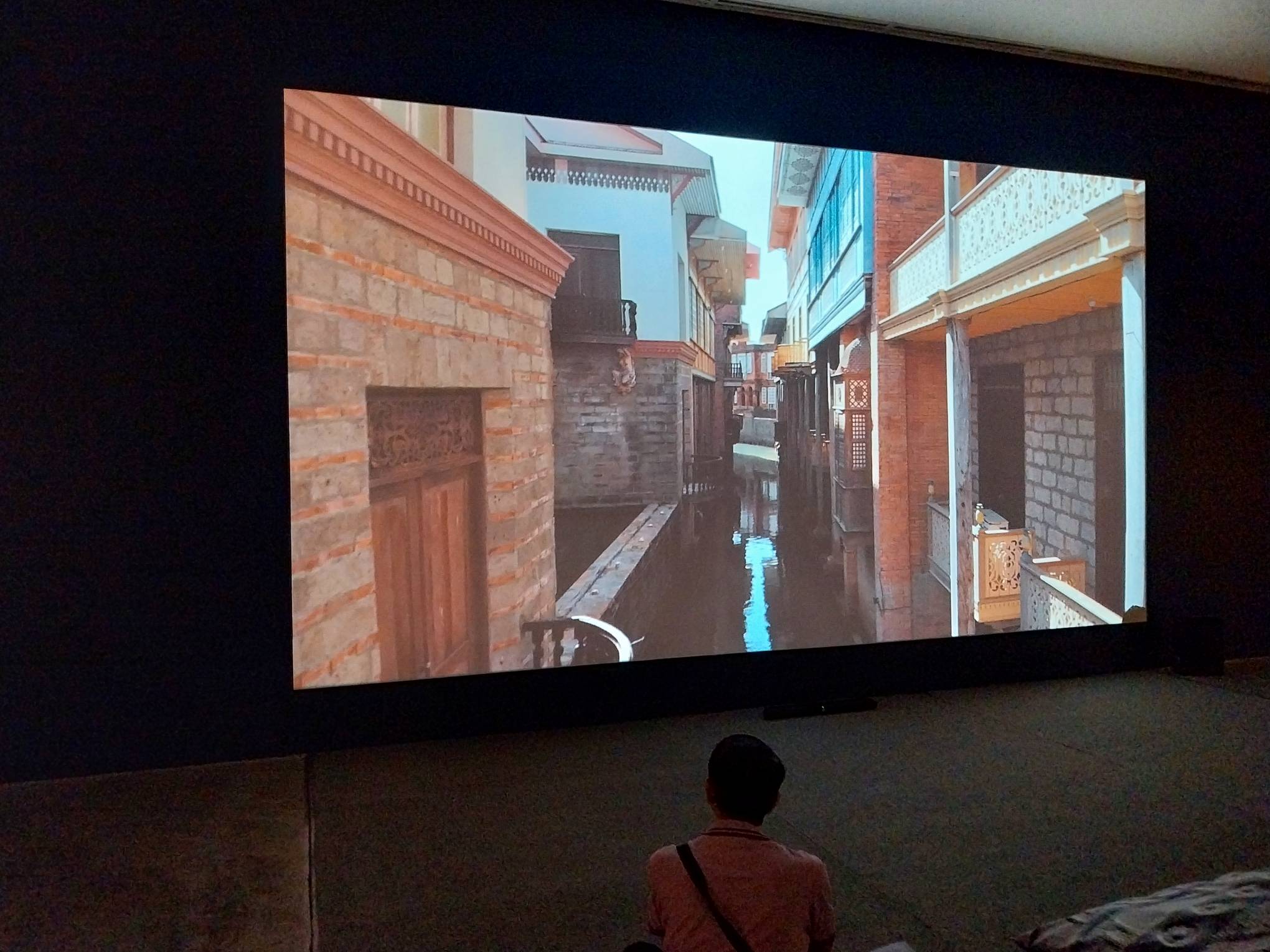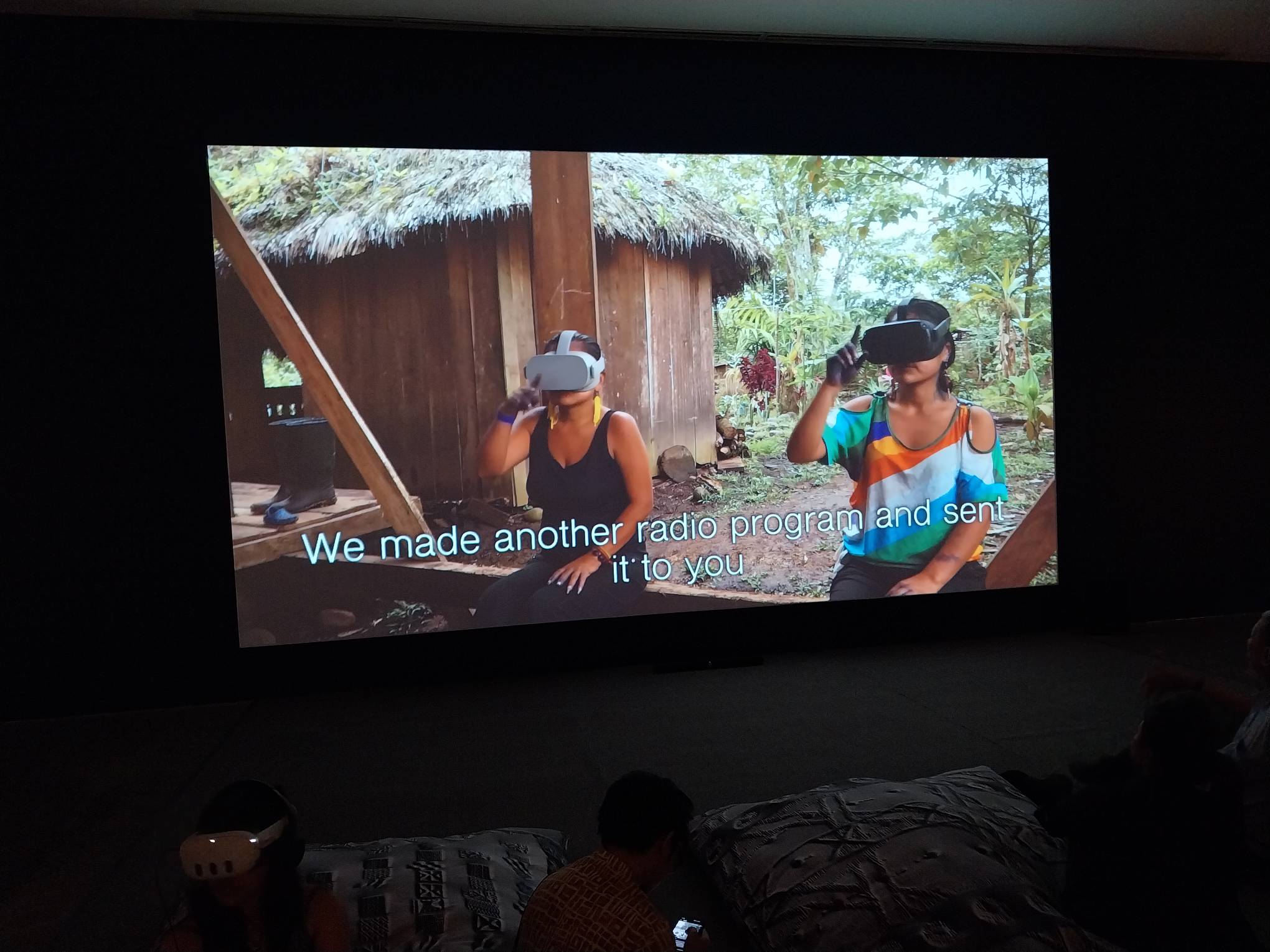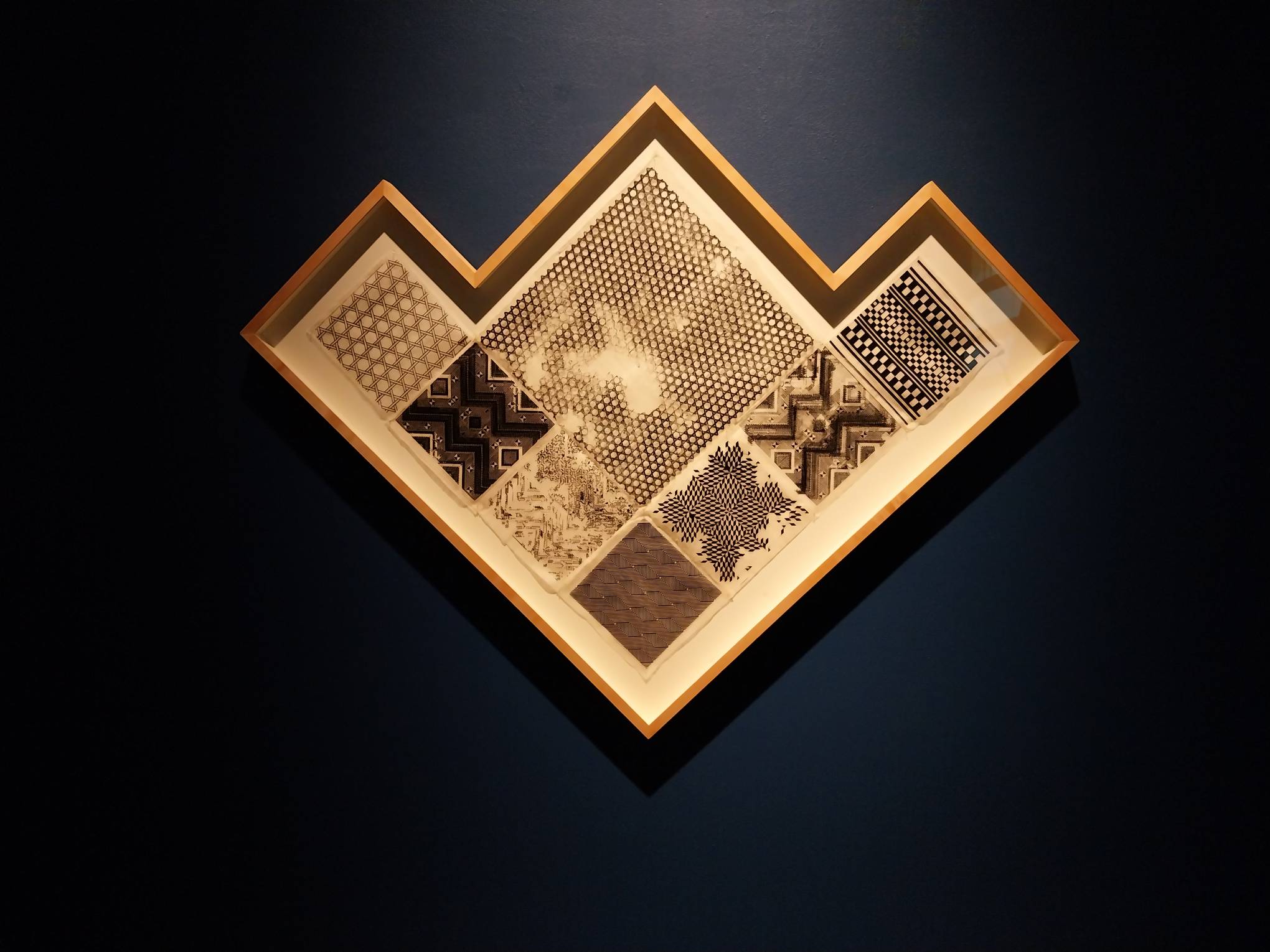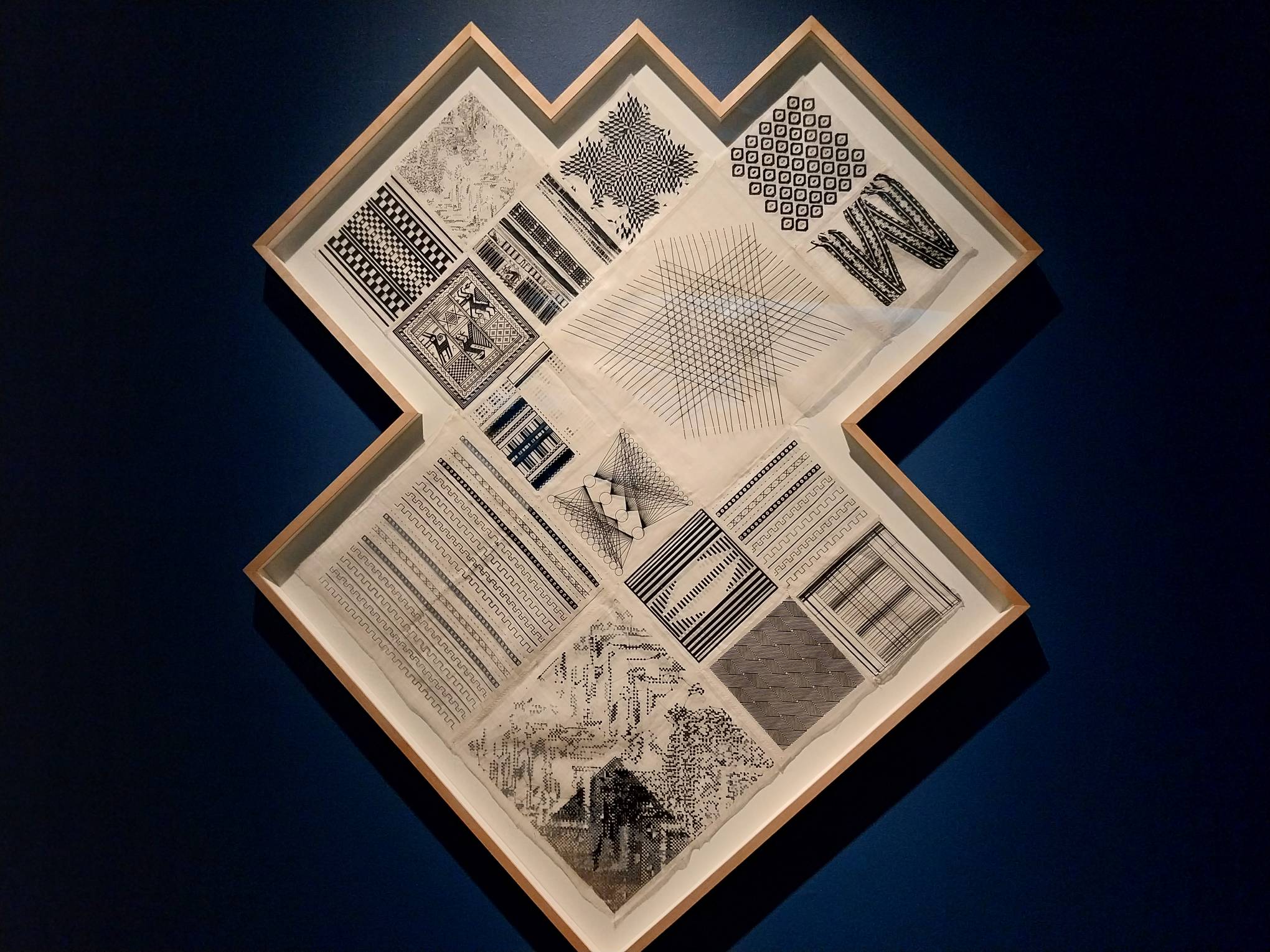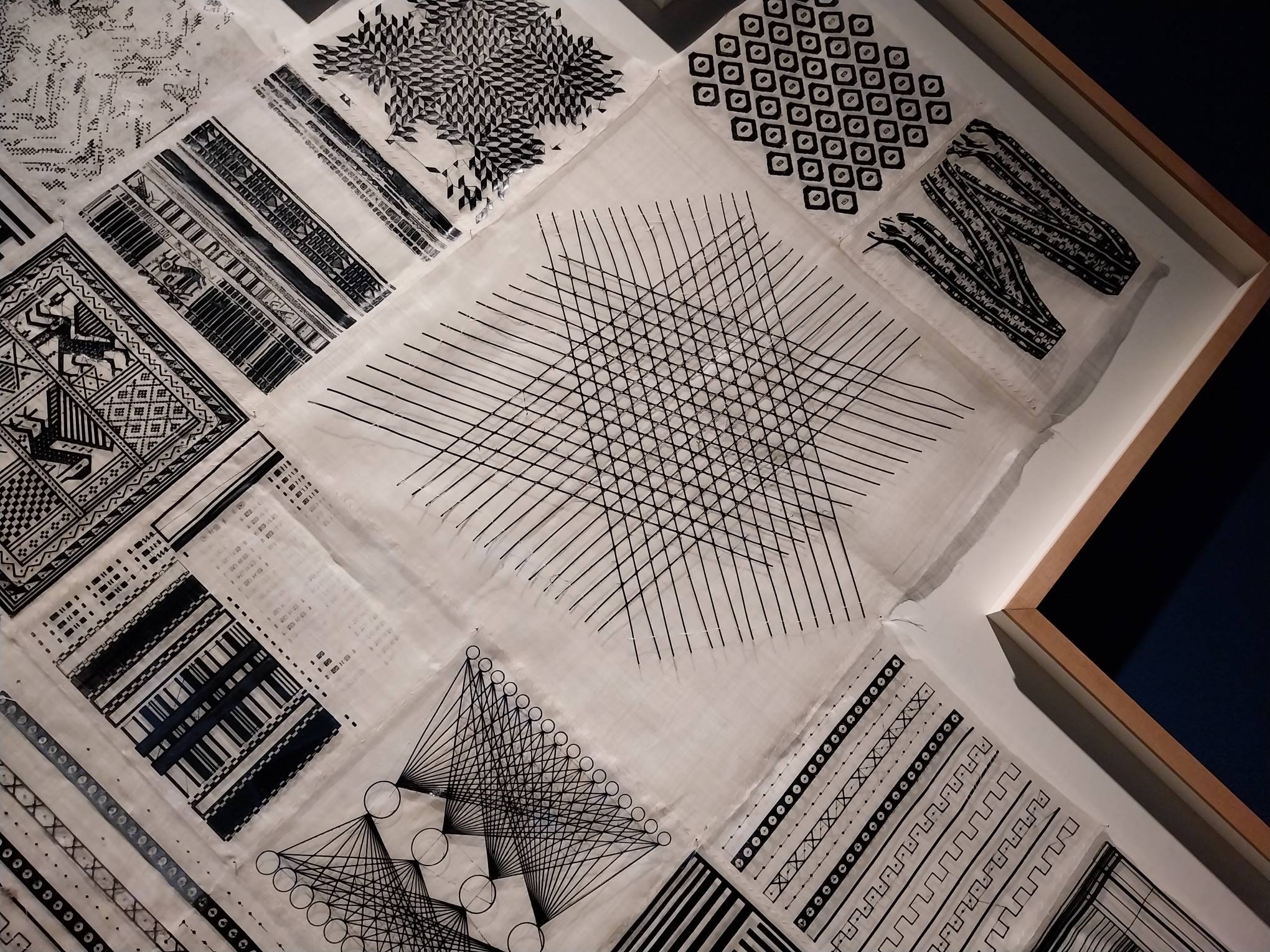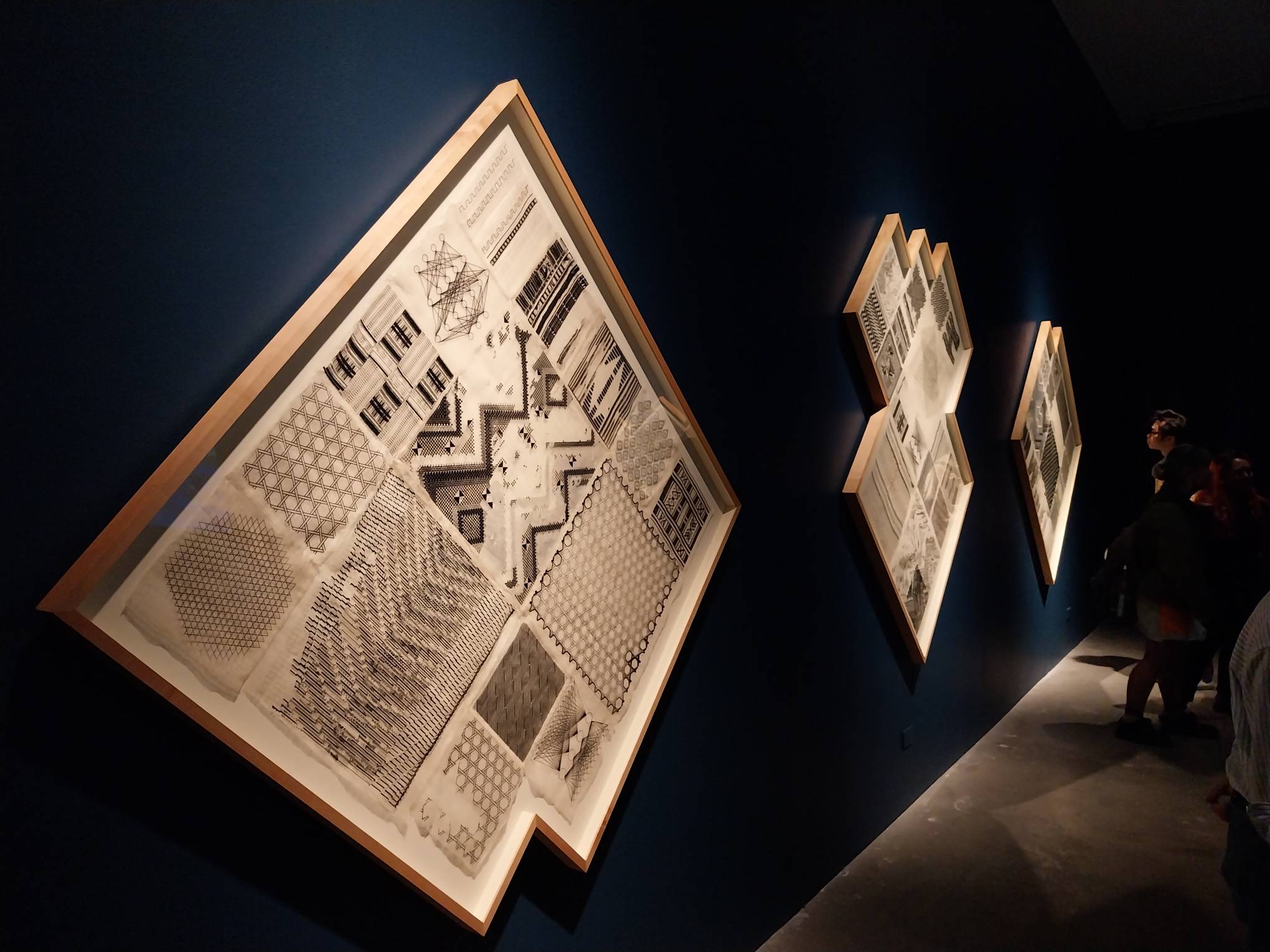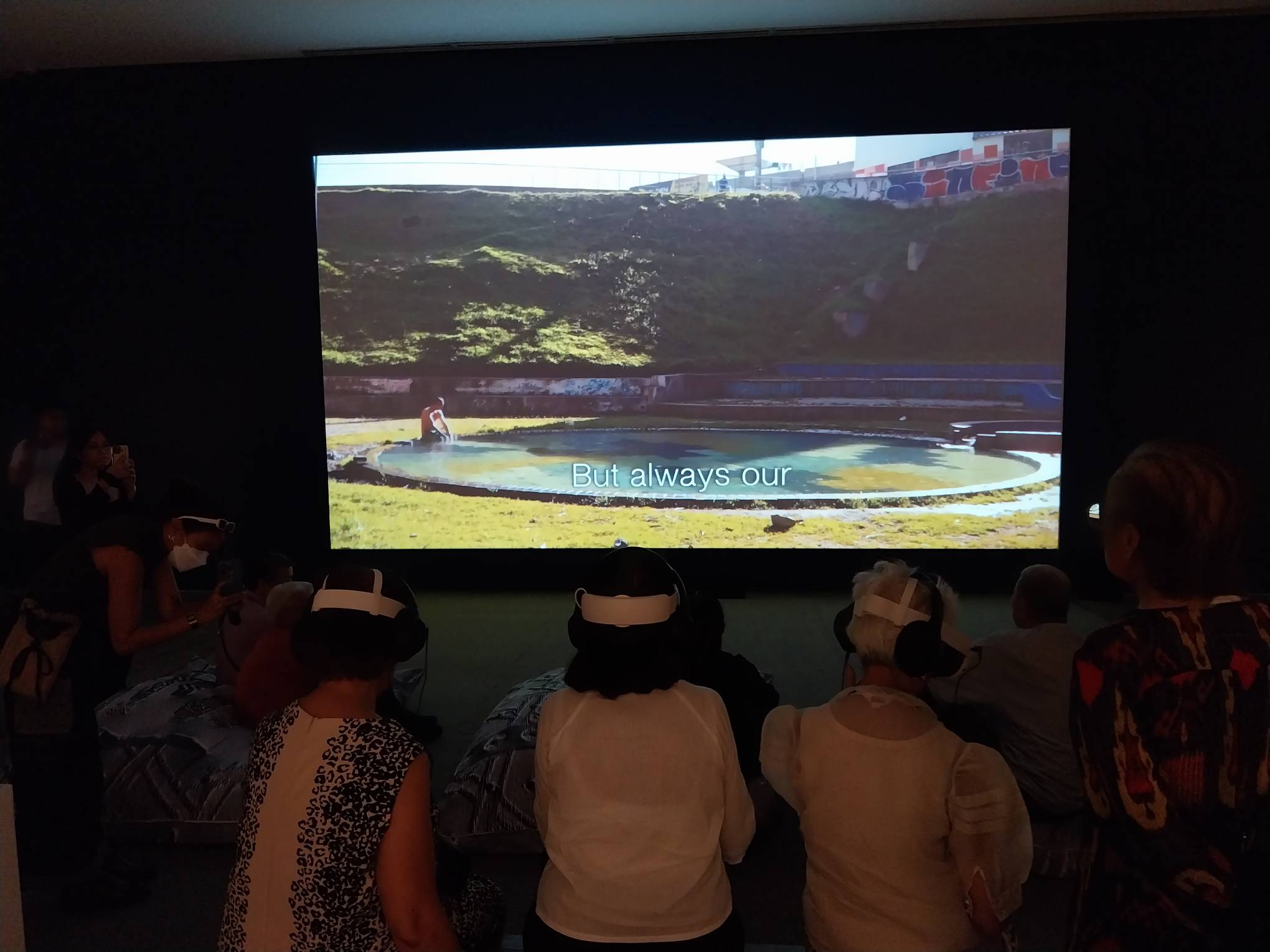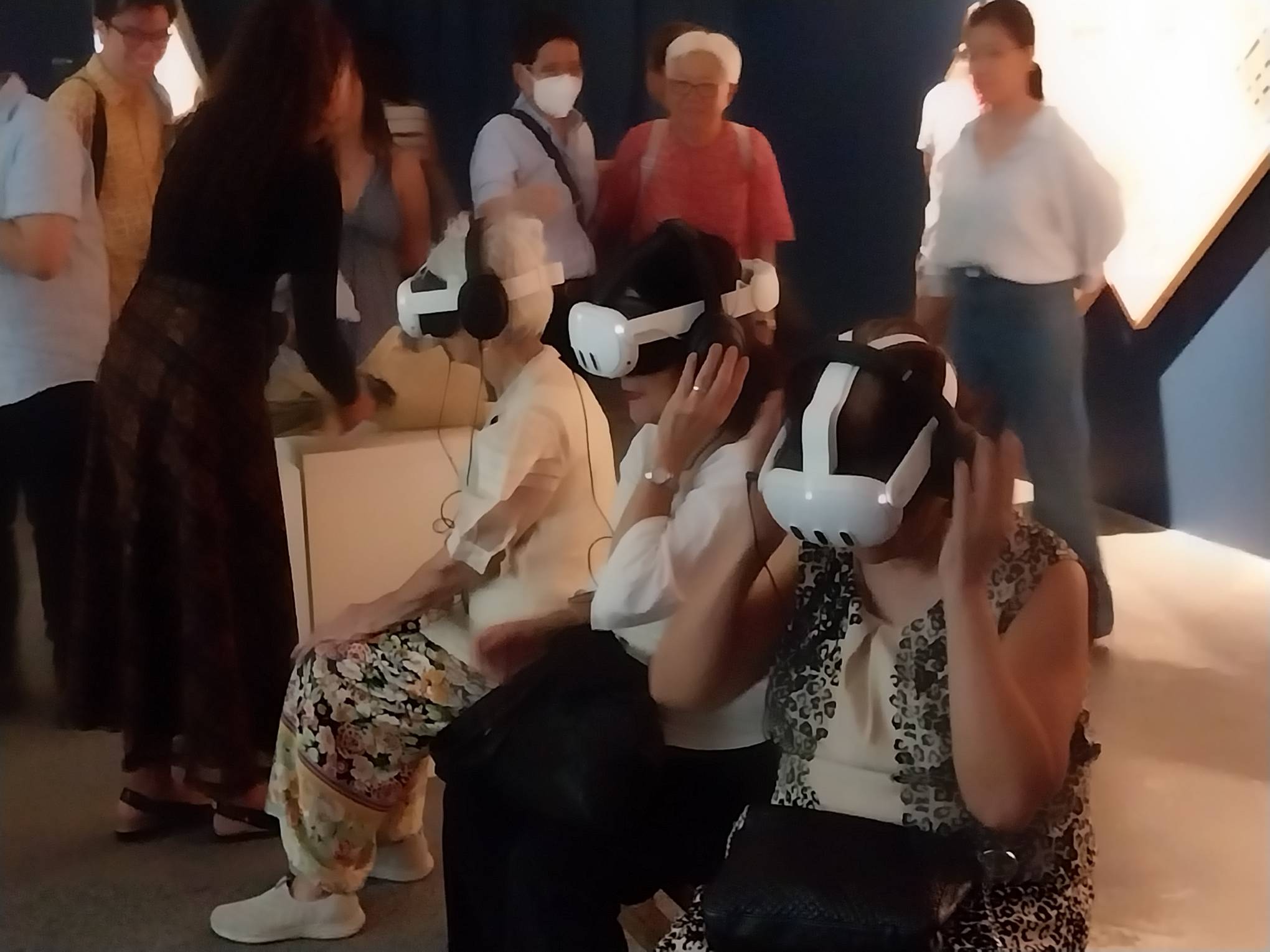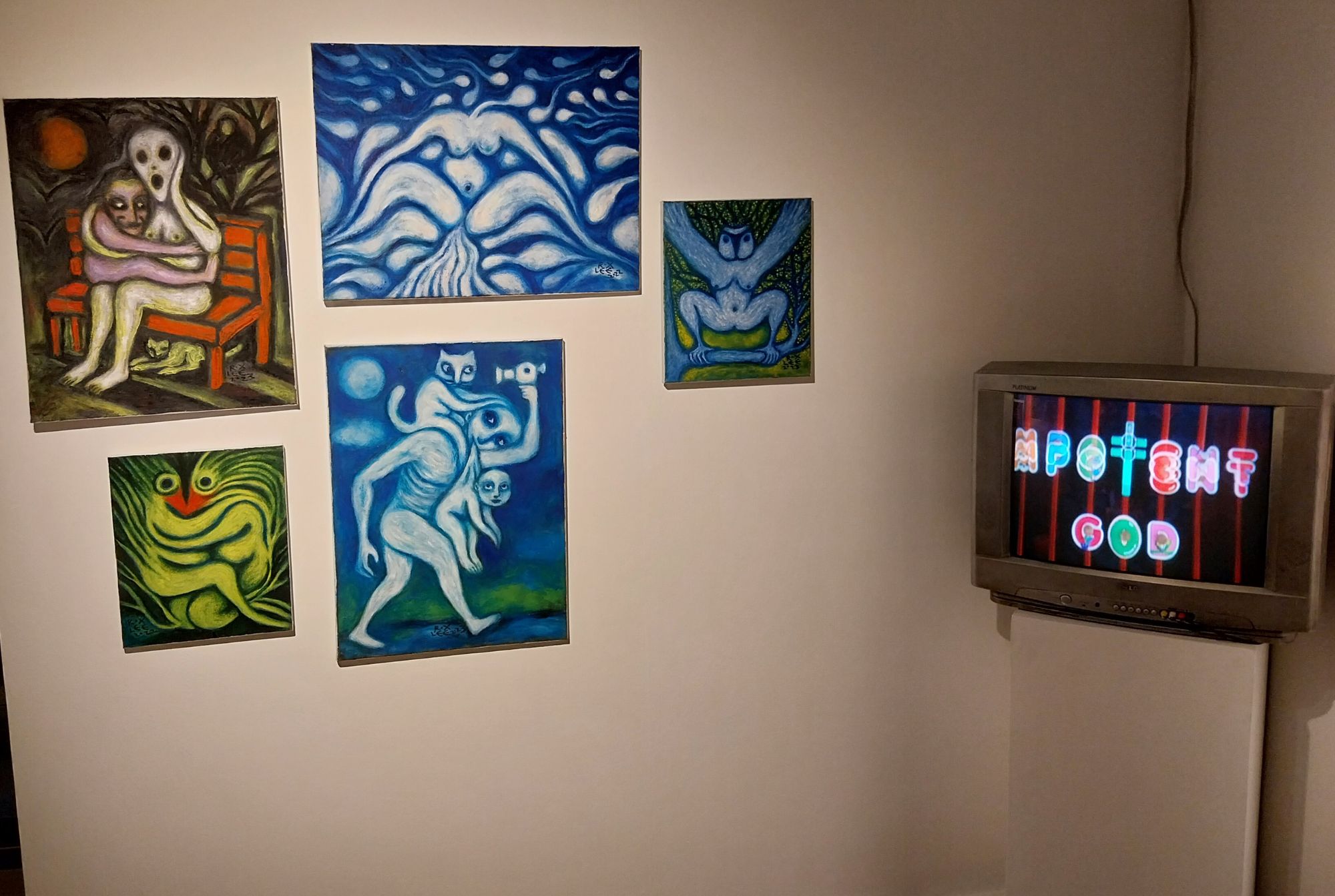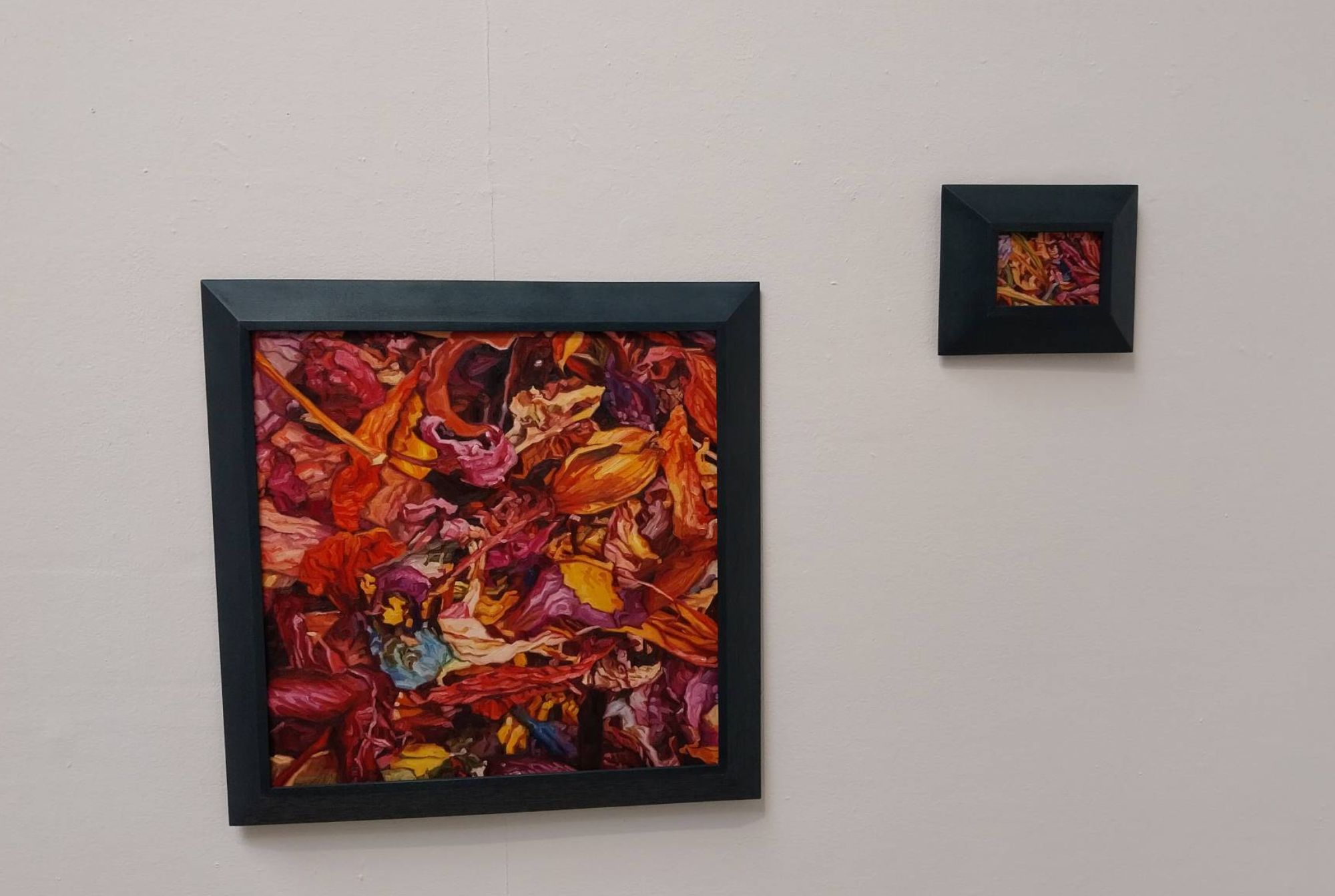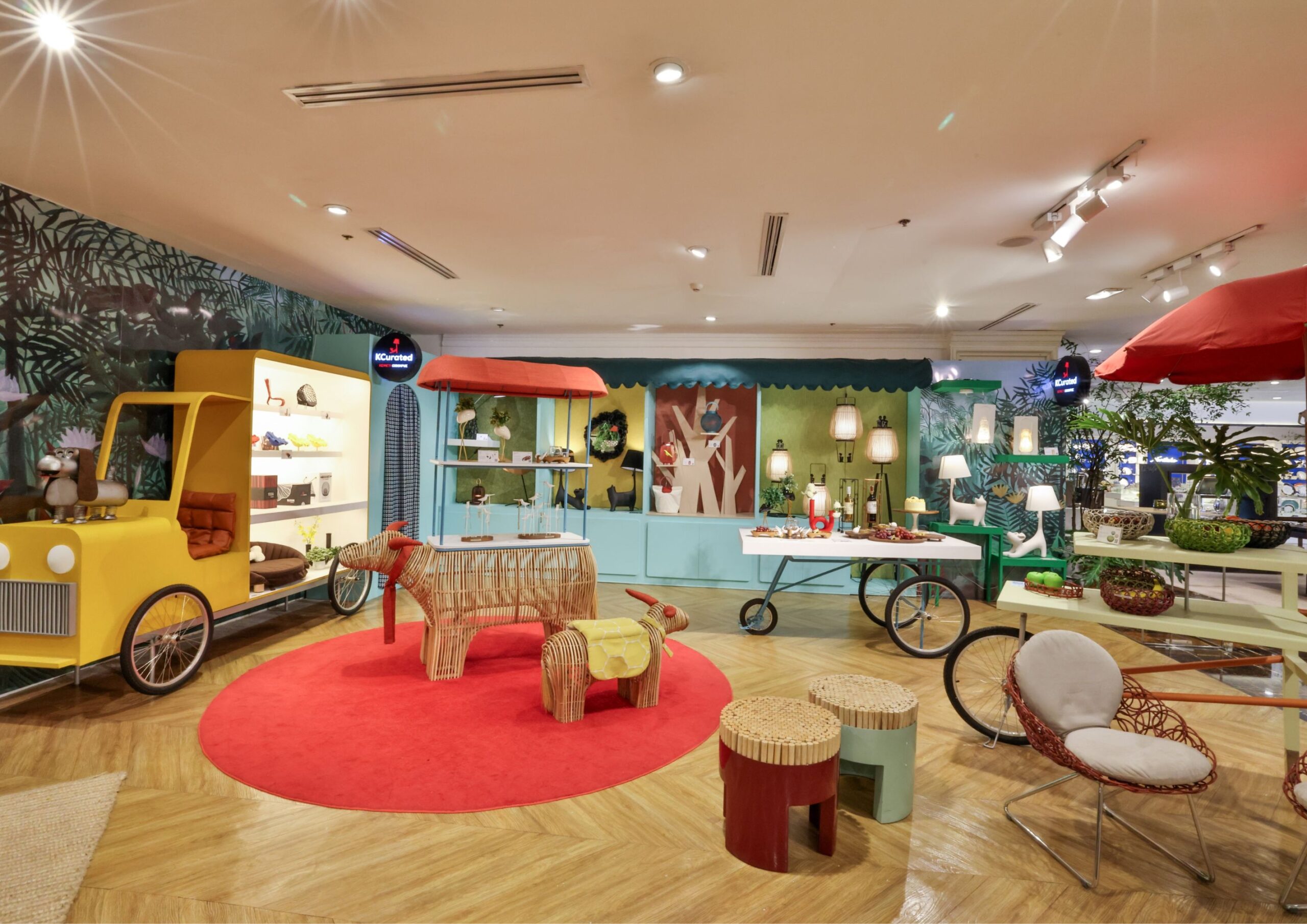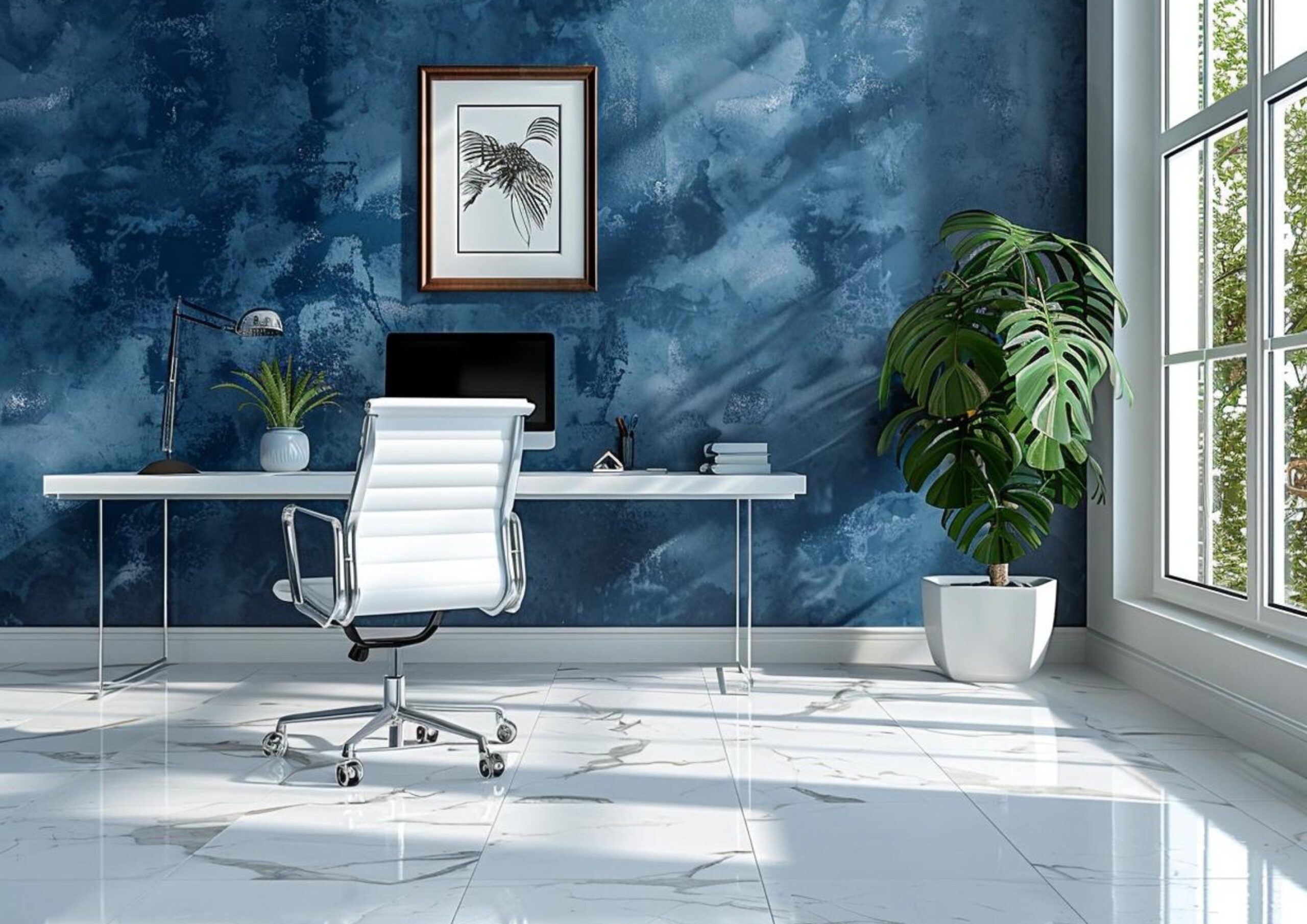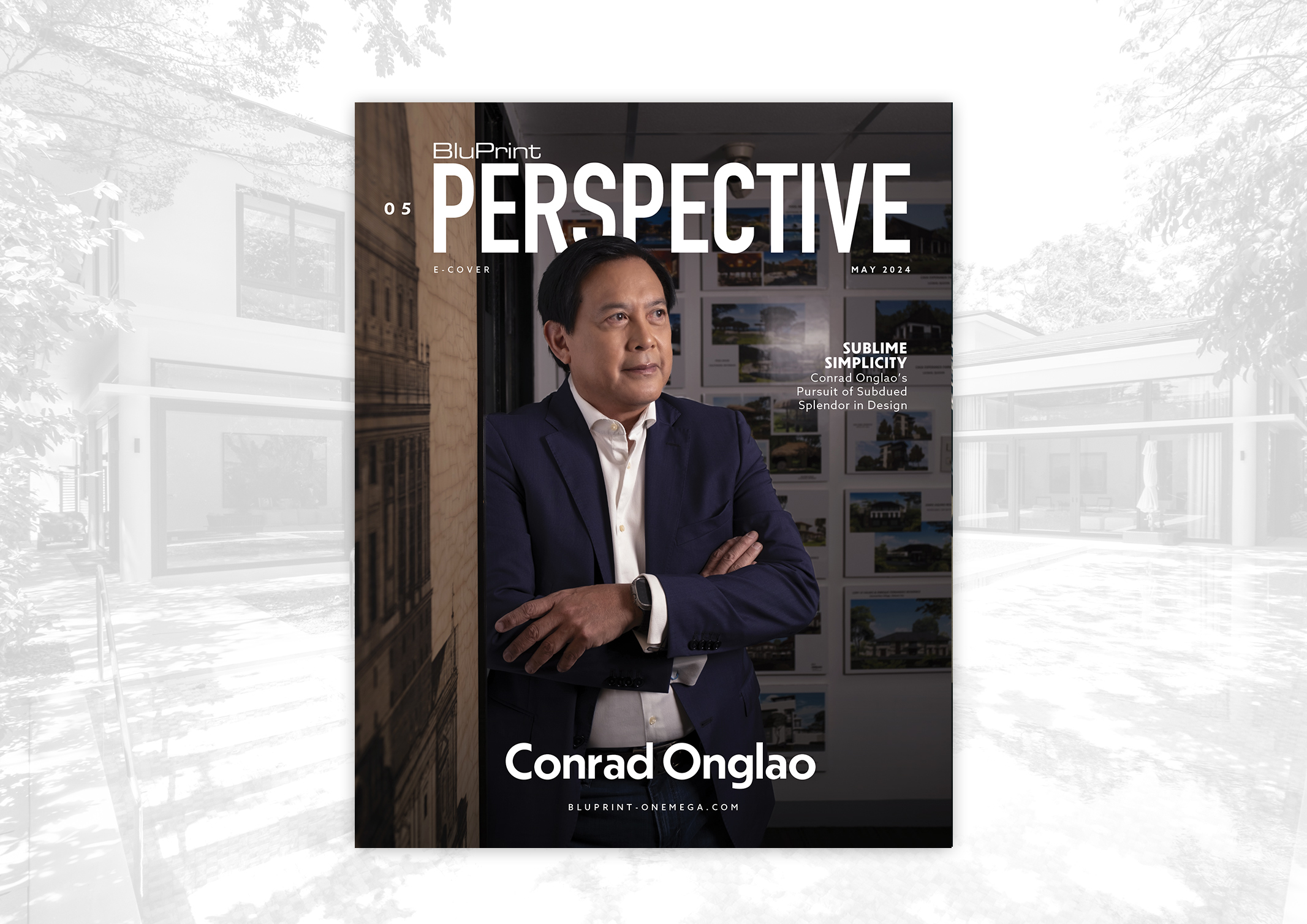Violent Camote is the new exhibit by filmmaker and painter Roxlee. Being shown at Gravity Art Space from May 3 to June 1, it features a collection of paintings from the artist made between 2021 and 2023. Roxlee is best known for his work as a cartoonist for the comic strip Cesar Asar between 1980 […]
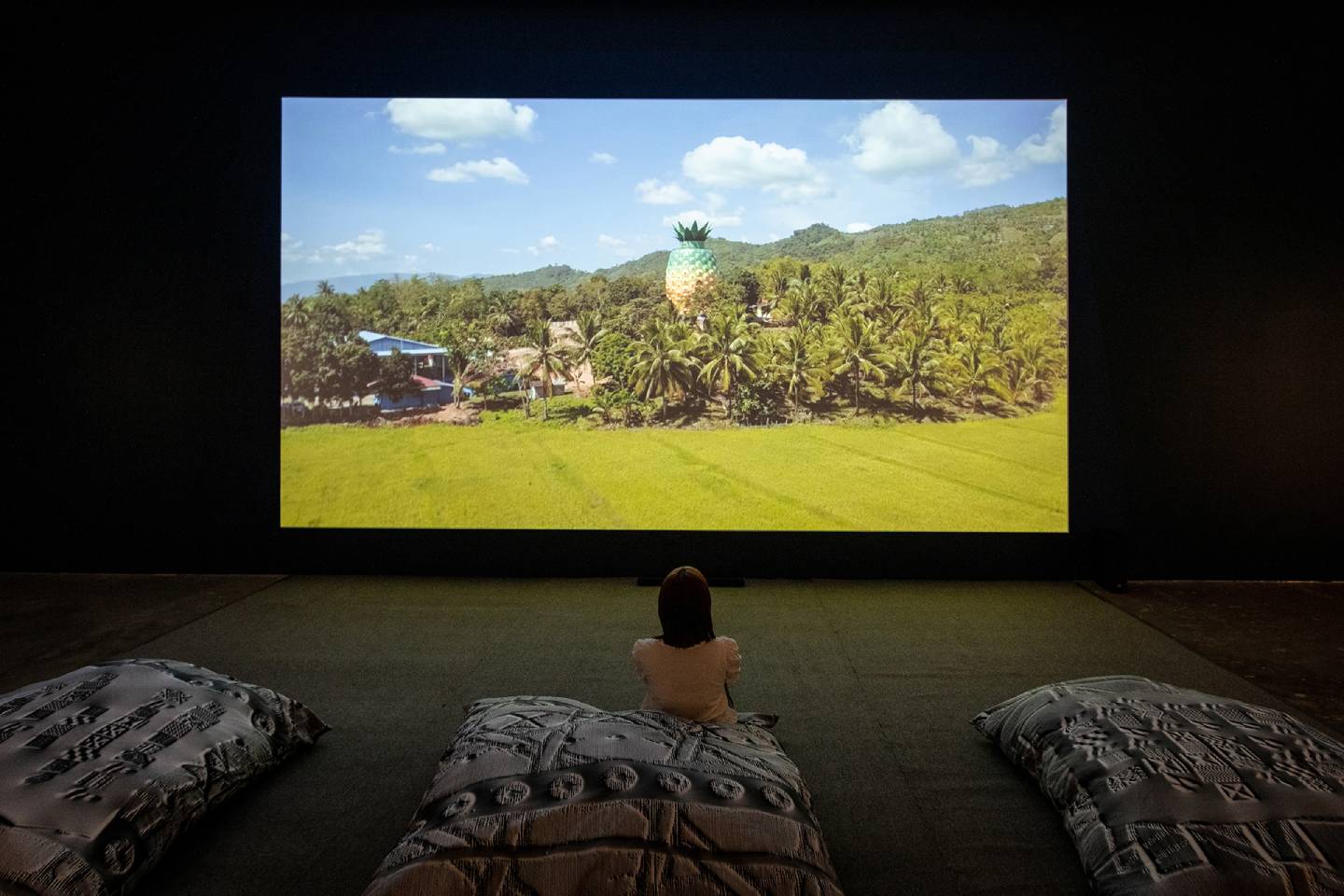
‘Piña, Why is the Sky Blue?’: How Do We Utilize Collective Memory?
Piña, Why is the Sky Blue? is the collaborative exhibit of Stephanie Comilang and Simon Speiser. It opened on April 26 at Silverlens Manila, after years of being exhibited in different institutions around the world.
The exhibit has been described as an “affirming techno-feminist vision of a future in which ancestral knowledge and new technologies converge.” It tries showing the convergence between the traditions of the indigenous and how our current path of industrialization becomes a means of preserving past legacies.
Piña utilizes three different mediums for the work. The artists sprinkle multiple 3D-printed weavings around the exhibit. The two centerpieces are a documentary about different indigenous communities in the Philippines and Ecuador and a short film about a “spiritual medium known as Piña.”
Fragmentation and Cohesion
The documentary, beamed on repeat inside the exhibition room, portrays the loss of identity that native cultures around the world have. More importantly, it presents the ways that these cultures have been wrestling with that loss within their own communities.
Comilang and Speiser showcase different indigenous communities from the two countries they featured. They show a Babaylan from Palawan, local healers from Ecuador, and even a feminist collective called Cyber Amazonas whose main goal is to help spread and disseminate information about indigenous cultures.
It connects directly to the short film about Piña, which can only be seen through the four Oculus VR headsets provided by the gallery. The short film immerses you in the life of Piña, a gender-ambiguous creation as they drift across different communities, collecting information in the form of weavings in the water.

Immersing You into the Environment
From their use of the VR headsets, Comilang and Speiser surround you with the environment of Piña. Beyond the immersion, the headsets create a feeling of impending doom, a sense of desperation as Piña transports themselves to different parts of the world and works to collect the information set to them in the world.
The 3D-printed weavings, meanwhile, become a physical representation of the information lost and found by the communities. The two films feature them as the way past information transports itself to Piña via water. It’s a slow collection as the character accepts and stores the information within themselves, ensuring their preservation for all time.
Can We Recover the Information?
This exhibit is a lot. Its immersive nature ensures that, at any point of time, the documentary or VR set bombards one with facts and ideas. But it appears done by design. When taken together, the exhibit really goes down about how we disseminate information, and how we adapt it to new technologies for future generations to understand.
Though this wasn’t explicitly mentioned, the specter of how many cultures and ideas were destroyed by colonialism looms towards the whole project. The documentary, at points, talks about poverty, about the marginalized’s inability to preserve their information due to lack of resources. Piña then becomes a symbol of preservation: even if it is lost now, the information is still out there, waiting to be found again.
The VR component is the most interesting part, especially as there’s an accompanying documentary also screening alongside it. The choice for that medium appears to have come down to the need of illustrating how adapting to new media technologies work, and the fragility of these systems. In a world where we can create and delete things with a push of a button, a conversation needs to be had regarding their disintegration.
Emerging Technologies on a Culture at Sunset
Piña, Why is the Sky Blue? points us to a future where indigenous cultures can safeguard themselves with new technologies. Even with all the undertones of doom, it’s an optimistic work that projects a path for humanity to become a safer, harmonious world. We live in a world where everything is at the tip of one’s fingers. And Comilang and Speiser’s work illustrates how far we can take this for the benefit of humanity in general.
Related reading: Filipino Design: The Past, Present, and Future of Sustainability
